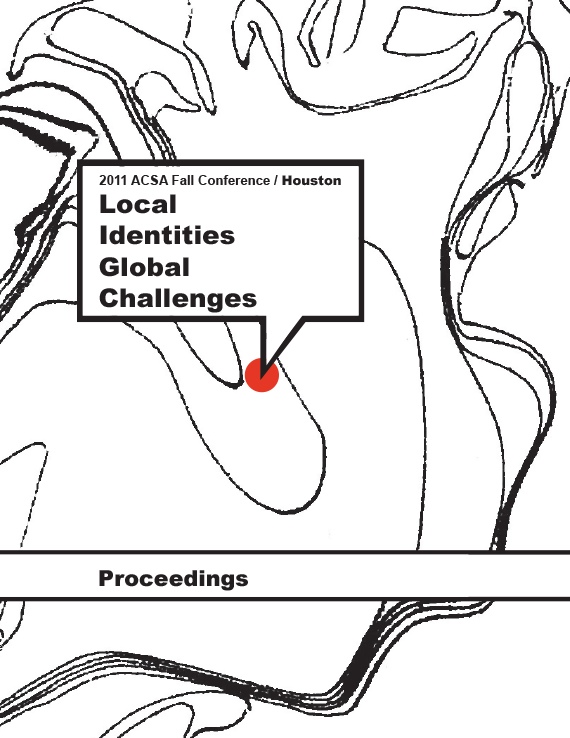Author(s): Karen Kice
The decline and subsequent revitalization of urbandistricts around the world is a common history inthe life of a city. While the built environment – thearchitecture and streets – may be slow to change orseemingly fixed, the activities, social and economictrends, and political action are constantly changing.The loss of identity is intrinsically liked to the declineof an urban district, and in many cases it isdue to the fact that the district, that was once vibrantand thriving, did not keep up with the social,economic, and political changes that influenced andultimately supported the vibrancy of the district. Insome cases the change is immediate: the move ofindustrial or wholesale functions, construction of afreeway, or a natural or manmade disaster. Regardlessof the cause, whether immediate or gradual,part of a successful revitalization includes reclaimingor constructing an identity for the district that isresponsive to contemporary trends and needs, whilestill maintaining a local integrity. Cities often look tothe past for solutions to determine what worked andhow those elements can be revived, but the shiftingnature of economic and social trends do not alwaysalign with past success. History: the memory, thestories, and in many cases the historical architecturecan help to form a local identity.In the past century as shopping has evolved intoan activity of leisure and recreation, retail developmenthas become an inherent part of most urbanrevitalization schemes, which bring in the comfortand familiarity of global brands to help draw alarger audience. With this, a unique, local identityis threatened by the homogenization of the globalbrand. This paper will explore urban revitalizationusing historic architecture as a method for developinga local brand identity. It will look at how anurban district can capitalize on the historic past,using the historic architecture to represent the localidentity while simultaneously situating the localbrand for growth and success in the midst of globalization.Looking at Covent Garden in London, itwill focus on elements within the retail district thathave, in recent years, distinguished the local brandof Covent Garden.
Volume Editors
Ikhlas Sabouni & Jorge Vanegas

 Study Architecture
Study Architecture  ProPEL
ProPEL 
